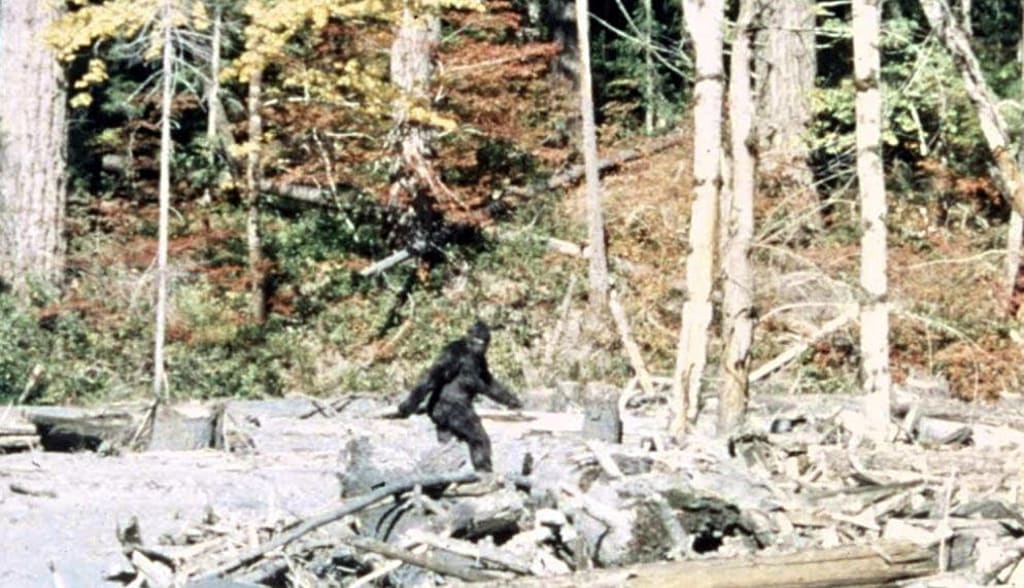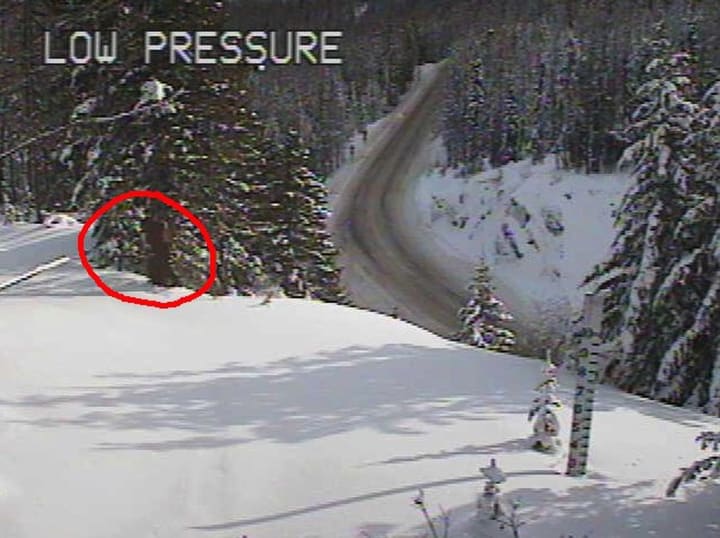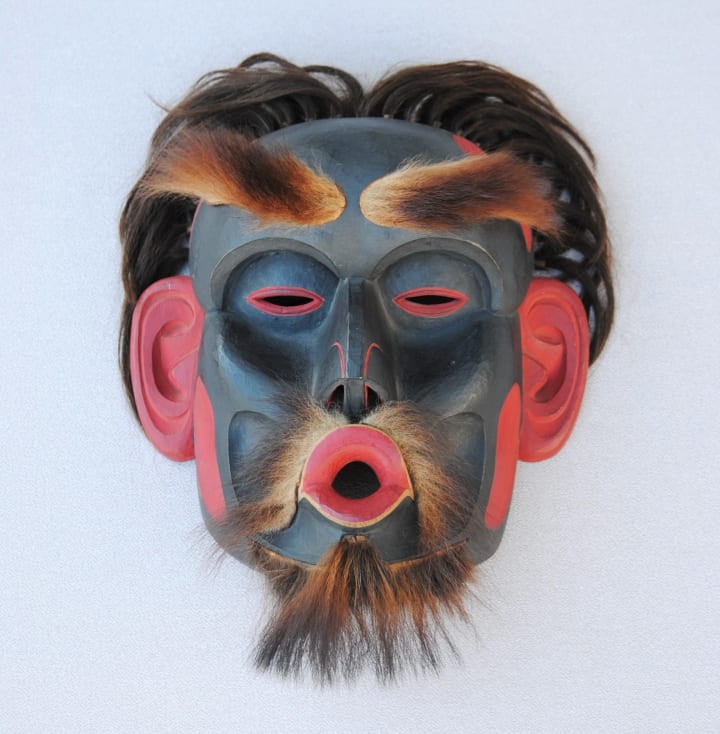Let's Talk About Bigfoot...
Because everything you thought you knew about him is wrong!

I embarked on my journey towards finding the truth in the otherworldly at a young age. Most of my early years of research were spent in front of a TV, gawking at ghost hunting crews. But at 17 I set out on what was supposed to be a routine day - and my entire perspective and research method has since shifted. For the past five years, I’ve had to reimagine what the paranormal means to me and how so many people nowadays have it all wrong! Some of the most common misconceptions in the fields of the paranormal and cryptozoology surround one monster in particular - The Bigfoot.
So let’s trace the elusive beast back to it’s roots. The North American Bigfoot is a common lore of the Native American tribes in the Pacific Northwest Region of The United States. Tales of this beast range in detail and behaviors, but one thing is for certain - there has been a large creature inhabiting the region since long before settlers. Many native tribes lived at peace with these creatures, having small adjustments to their day to day lives to avoid attracting and provoking one. Different tribes had different interpretations of the bigfoot, but I’d just like to cover a couple.
The Muckleshoot Tribe

The Muckleshoot Tribe of Washington state has the most well-known version of this creature. As the descendants of the Duwamish and Puyallup tribes in the foothills of the Cascade Mountain Range, they have a very strong knowledge and respect for the local wildlife. The tribe coined the term most commonly used for the Bigfoot: the Sasquatch. However, tribe members wouldn’t say the name aloud, some still don’t, for fear of attracting the horrific monsters into their villages. The Sasquatch is believed to be seven feet tall with 20 inch long footprints. Aside from it’s size and the fact that it is covered in fur, the beast was similar to a human in stature.
Tribe members were also careful to not whistle at night to avoid confrontation given whistling was how the Sasquatches communicated with others of their species. The beasts were known to come into villages and steal drying fish. They were also known to be more sinister at times stealing women from the tribe. In terms of the supernatural abilities of the Sasquatch, it was said that they had the ability to render a human unconscious with just a single touch!
Salish Tribes

This is one of the more ominous legends of the Bigfoot that can be traced to the Coastal Salish Tribes. This beast has a traditional name, although it is never spoken and has rarely been passed down due to the taboo of uttering the word. Most tribe members now refer to them as the Stick Indians. Stories of this monster have rarely been passed down because of how terrifying they are and forbidden they are to speak of.
The Stick Indians are described as large and hairy, similar to the modern depiction of the Bigfoot. They are said to be extremely malevolent forest spirits who can attack unprovoked and cause serious harm to members of the tribes. They are actually referred to as the Stick Indians because of the legends of them thrusting sticks into people. They have been known to also kidnap and eat children of the Salish and seek revenge on anyone they deemed has disturbed their land in any way.
The Stick Indians will lure people into their habitats by whistling and discombobulating people, leading them astray and directly into awaiting jaws. As far as the paranormal abilities, it’s said that these creatures have the ability to hypnotize, paralyze and even cause insanity in humans.
Now, both of these creatures sound terrifying in their physical forms, but add in their supernatural abilities and you’ve got yourself a recipe for the perfect horror movie! Bringing awareness to the origin of cryptids and monsters can open up a whole new world of knowledge and understanding. Diving into Native American folklore is such an amazing and awe-inspiring experience, I would suggest it to anyone - especially anyone who is a part of the paranormal or cryptozoology fields! There are so many misinterpretations and lost stories that come to light in this foundational research that is truly eye-opening! And as far as Bigfoot is concerned, don’t worry: there’s plenty of him to go around!
Important Note:
I tend to gravitate towards using the Bigfoot verbiage in my everyday life given the fact that it is the most widely used and broadly encompasses all the lore surrounding this elusive beast. But a point I want to bring to the forefront of the conversation about Bigfoot - or any American cryptid for that matter - is the erasure of Native American folklore in the discussion about cryptozoology creates so many false interpretations and so many cases of flat out wrong information being spread. Bigfoot should be a part of the paranormal discussion, and the spread of modern ideology towards these beasts can erase the millennia of stories and encounters that the Native Americans have had.
Bigfoot is just one of the many beasts that has been whitewashed by these modern researchers of cryptozoology, and as someone who would hardly call herself an expert, even I know that is wrong. This isn’t to say that only a select group of people can research or tell stories of Bigfoot and other creatures, but if you are going to properly dive into the story, the erasure of the creators of the narrative has to stop
About the Creator
Alesia Brooks
Disney blogger with a dark side
24-year-old writer and photographer
Follow along with my misadventures - IG: @livinglikealesia






Comments
There are no comments for this story
Be the first to respond and start the conversation.